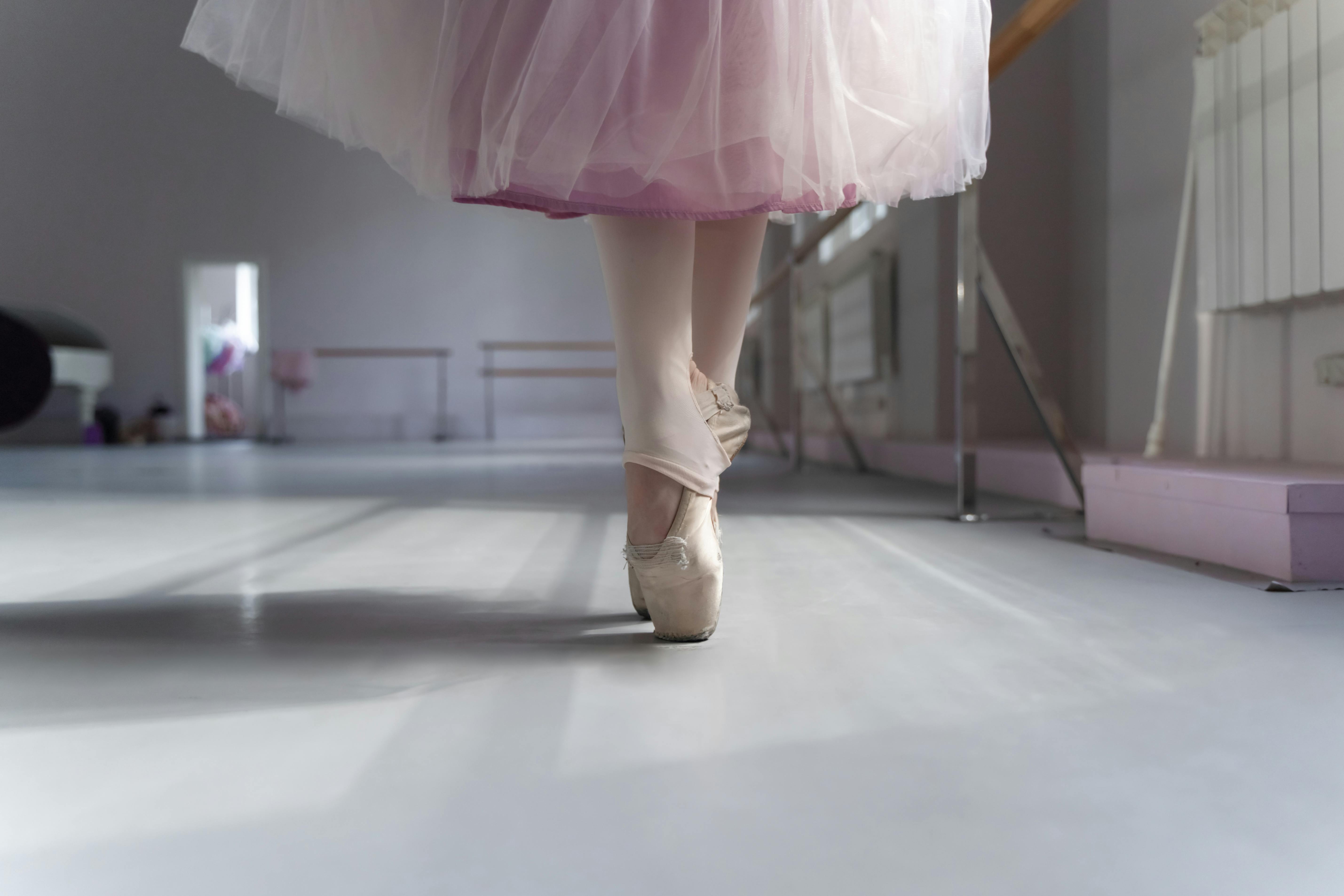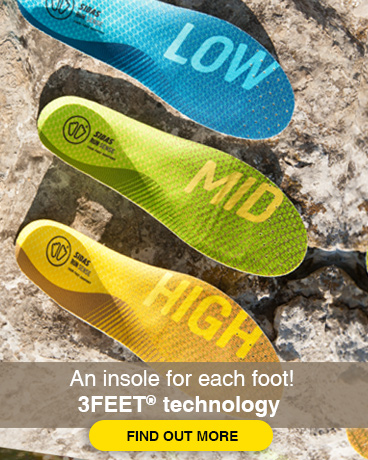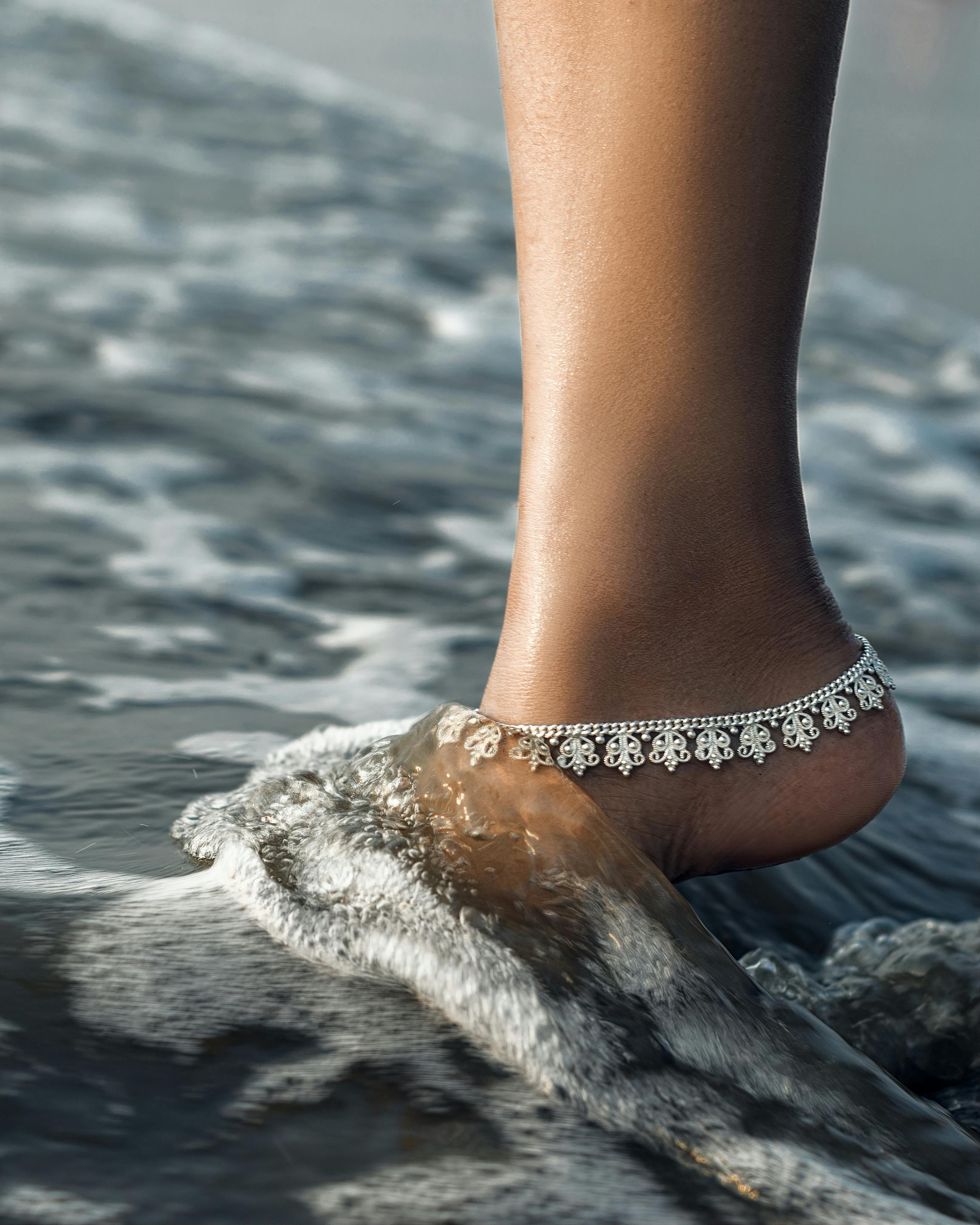Maillot euro fff FORTMAILLOT
 ↑ (en) « Thousand Foot Krutch Album Details », Sputnikmusic. ↑ (en) « Multistate Disagreement over the Length of the Foot to End », Scientific American, 1er juin 2020 (lire en ligne). Le 20 mai, le tribunal de Chlef condamne douze autres militants du Hirak, poursuivis pour « atteinte à l’intégrité et l’unité nationale et incitation à attroupement non armé », à des peines allant de 6 à 6 à 18 mois de prison. Pourtant, douze minutes plus tard, il est réanimé dans l’ambulance qui l’accompagne à l’hôpital. La seconde période commence sur les mêmes bases que s’était terminée la première, c’est-à-dire sur une domination totale grenobloise, accentuée à la 54e minute par le capitaine grenoblois Nassim Akrour qui sur une remise d’un Laurent Courtois étincelant, efface le gardien et envoie le ballon dans le but vide. Une réconciliation informelle a eu lieu en juin 2015 entre Albert II et son lointain cousin Xavier de Caumont La Force (dont le grand-père Aynard Guigues de Moreton de Chabrillan fut longtemps prétendant au trône de Monaco).
↑ (en) « Thousand Foot Krutch Album Details », Sputnikmusic. ↑ (en) « Multistate Disagreement over the Length of the Foot to End », Scientific American, 1er juin 2020 (lire en ligne). Le 20 mai, le tribunal de Chlef condamne douze autres militants du Hirak, poursuivis pour « atteinte à l’intégrité et l’unité nationale et incitation à attroupement non armé », à des peines allant de 6 à 6 à 18 mois de prison. Pourtant, douze minutes plus tard, il est réanimé dans l’ambulance qui l’accompagne à l’hôpital. La seconde période commence sur les mêmes bases que s’était terminée la première, c’est-à-dire sur une domination totale grenobloise, accentuée à la 54e minute par le capitaine grenoblois Nassim Akrour qui sur une remise d’un Laurent Courtois étincelant, efface le gardien et envoie le ballon dans le but vide. Une réconciliation informelle a eu lieu en juin 2015 entre Albert II et son lointain cousin Xavier de Caumont La Force (dont le grand-père Aynard Guigues de Moreton de Chabrillan fut longtemps prétendant au trône de Monaco).
 Son parquet est en chêne massif et lui permet d’accueillir des compétitions de basket-ball, volley-ball, de handball mais aussi de judo, d’escrime, d’haltérophilie et de gymnastique. À l’issue de la saison 2019-2020, Watford, qui finit 19e de Premier League avec trente-quatre points, est relégué en EFL Championship. 2019 et 2021 en Algérie pour protester dans un premier temps contre la candidature d’Abdelaziz Bouteflika à un cinquième mandat présidentiel, puis contre son projet, également contesté par l’armée, de se maintenir au pouvoir à l’issue de son quatrième mandat dans le cadre d’une transition et de la mise en œuvre de réformes. Il quitte le journal en 1958, après le renvoi de la rédaction pour avoir soutenu l’hebdomadaire Po prostu critique à l’égard du pouvoir en place. Au terme de la saison 2012-2013, le Betis se qualifie pour la Ligue Europa en terminant à la septième place du championnat espagnol. Les Vertes se battent ensuite pour la 2e place du groupe face à l’équipe du Cameroun, cependant les Vertes s’inclinent sur le score de 1-3 malgré l’ouverture du score pour les Algériennes de Nabila Imloul à la 11e minute.
Son parquet est en chêne massif et lui permet d’accueillir des compétitions de basket-ball, volley-ball, de handball mais aussi de judo, d’escrime, d’haltérophilie et de gymnastique. À l’issue de la saison 2019-2020, Watford, qui finit 19e de Premier League avec trente-quatre points, est relégué en EFL Championship. 2019 et 2021 en Algérie pour protester dans un premier temps contre la candidature d’Abdelaziz Bouteflika à un cinquième mandat présidentiel, puis contre son projet, également contesté par l’armée, de se maintenir au pouvoir à l’issue de son quatrième mandat dans le cadre d’une transition et de la mise en œuvre de réformes. Il quitte le journal en 1958, après le renvoi de la rédaction pour avoir soutenu l’hebdomadaire Po prostu critique à l’égard du pouvoir en place. Au terme de la saison 2012-2013, le Betis se qualifie pour la Ligue Europa en terminant à la septième place du championnat espagnol. Les Vertes se battent ensuite pour la 2e place du groupe face à l’équipe du Cameroun, cependant les Vertes s’inclinent sur le score de 1-3 malgré l’ouverture du score pour les Algériennes de Nabila Imloul à la 11e minute.
Malgré cela, le Betis quitte la compétition la tête haute en ayant battu à Villamarin Chelsea 1-0, sur un but de Dani, dans un des plus grands matchs de l’histoire du club. Le chanteur britannique Elton John est un fervent supporter du club ; il en a d’ailleurs été le président pendant vingt-cinq ans. 34 D Tárrega, CésarCésar Tárrega 26/02/2002 (22 ans) – Valence CF rés. Nommé entraîneur du Grenoble Foot 38 en 1997 à sa création sous l’impulsion de Michel Destot et de son équipe, le GF38 fait le pari de retrouver le monde du football professionnel en seulement cinq ans. Fondé en 1881, le club adopte un statut professionnel en 1897. Il remporte la Southern Football League D1 en 1915, et D2 en 1900 et 1904. Watford rejoint la Football League en 1920 (Division 3 sud puis D4 en 1960), où il reste jusqu’en 1958. La promotion en D3 vient en 1960, suivie par une autre promotion en 1969. Watford atteint la demi-finale de la FA Cup la saison suivante, en battant Liverpool en quart de finale avant de perdre à Chelsea. Aucun club de la ligue n’a remporté de compétition majeure en France ou atteint la Ligue 1 point culminant du football français.
 Il assiste à la chute de l’empire d’Hailé Sélassié en Éthiopie et du chah d’Iran, ainsi qu’à la guerre du football entre le Salvador et le Honduras, épisodes qui seront racontés dans plusieurs de ses ouvrages. Le Watford Football Club est un club de football anglais fondé en 1881 et basé à Watford dans la banlieue nord-ouest de Londres. Lors du Championnat d’Europe de football 2008 en Suisse et Autriche, RMC est la seule station française qui diffuse tous les matchs de la compétition dans l’Intégrale Euro. ↑ Le nom du club peut se traduire en français : le Betis royal de football. Le Betis a donc la distinction d’être le premier club andalou à avoir participé à la Ligue des champions lors de la saison 2005-2006, mais il termine 3e de la phase de poule derrière Liverpool et Chelsea, le futur demi-finaliste. Il est démis de ses fonctions le 10 octobre 2020 à la suite d’un mauvais début de saison. Le 13 avril 2012, il est limogé de son poste d’entraîneur à la suite des mauvais résultats. Un an plus tard à l’occasion de la saison 2021-2022, il fait son retour en Premier League mais n’y restera de nouveau qu’un seule saison.
Il assiste à la chute de l’empire d’Hailé Sélassié en Éthiopie et du chah d’Iran, ainsi qu’à la guerre du football entre le Salvador et le Honduras, épisodes qui seront racontés dans plusieurs de ses ouvrages. Le Watford Football Club est un club de football anglais fondé en 1881 et basé à Watford dans la banlieue nord-ouest de Londres. Lors du Championnat d’Europe de football 2008 en Suisse et Autriche, RMC est la seule station française qui diffuse tous les matchs de la compétition dans l’Intégrale Euro. ↑ Le nom du club peut se traduire en français : le Betis royal de football. Le Betis a donc la distinction d’être le premier club andalou à avoir participé à la Ligue des champions lors de la saison 2005-2006, mais il termine 3e de la phase de poule derrière Liverpool et Chelsea, le futur demi-finaliste. Il est démis de ses fonctions le 10 octobre 2020 à la suite d’un mauvais début de saison. Le 13 avril 2012, il est limogé de son poste d’entraîneur à la suite des mauvais résultats. Un an plus tard à l’occasion de la saison 2021-2022, il fait son retour en Premier League mais n’y restera de nouveau qu’un seule saison.
 L’exercice 2015-2016 sonne enfin l’heure du Blois Foot. Article détaillé : Catégorie:Joueur de l’AS Génération Foot. Remplaçant lors des seizièmes de finale aller contre l’AS Roma, défaite quatre buts à zéro, il est titulaire de la victoire au match retour un but à zéro mais insuffisant pour se qualifier. Un tifo sera réalisé en son honneur, lors de la 6e journée de Ligue 1 face au Montpellier HSC, match où il se blessera, le faisant s’éloigner des terrains pendant 4 semaines. Il inscrit son second but sous les couleurs olympiennes le 17 février 2021, lors de la 11ème journée de Ligue 1 face à l’OGC Nice. Il prend une place de titulaire dès sa première saison au club et amène son club en demi finale de Coupe du Roi. La Coupe du monde des clubs de roller soccer (RSCWC en anglais, pour Roller Soccer Club World Championship) est une compétition internationale de roller soccer qui se déroule en moyenne tous les deux ans, ouverte à tous les clubs de roller soccer souhaitant y participer.
L’exercice 2015-2016 sonne enfin l’heure du Blois Foot. Article détaillé : Catégorie:Joueur de l’AS Génération Foot. Remplaçant lors des seizièmes de finale aller contre l’AS Roma, défaite quatre buts à zéro, il est titulaire de la victoire au match retour un but à zéro mais insuffisant pour se qualifier. Un tifo sera réalisé en son honneur, lors de la 6e journée de Ligue 1 face au Montpellier HSC, match où il se blessera, le faisant s’éloigner des terrains pendant 4 semaines. Il inscrit son second but sous les couleurs olympiennes le 17 février 2021, lors de la 11ème journée de Ligue 1 face à l’OGC Nice. Il prend une place de titulaire dès sa première saison au club et amène son club en demi finale de Coupe du Roi. La Coupe du monde des clubs de roller soccer (RSCWC en anglais, pour Roller Soccer Club World Championship) est une compétition internationale de roller soccer qui se déroule en moyenne tous les deux ans, ouverte à tous les clubs de roller soccer souhaitant y participer.

